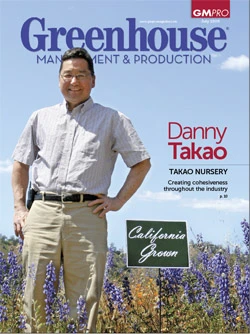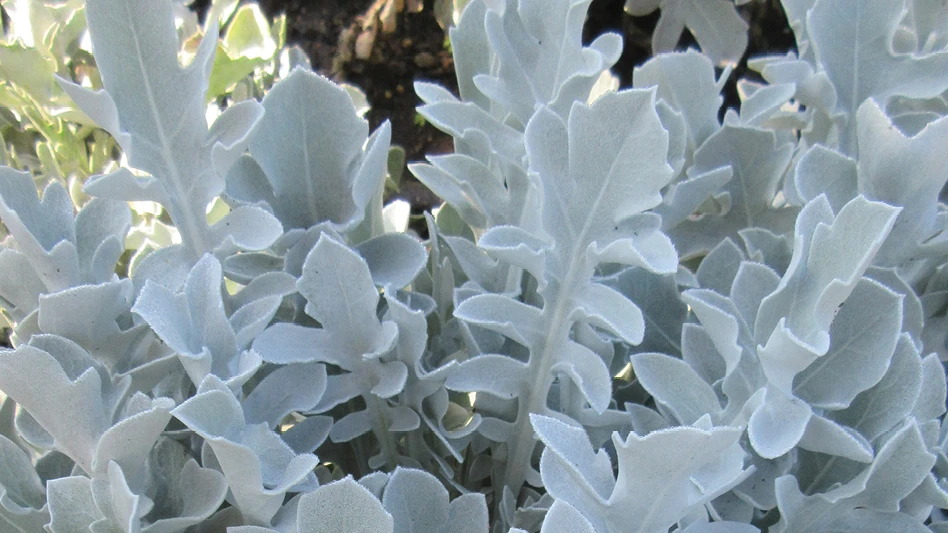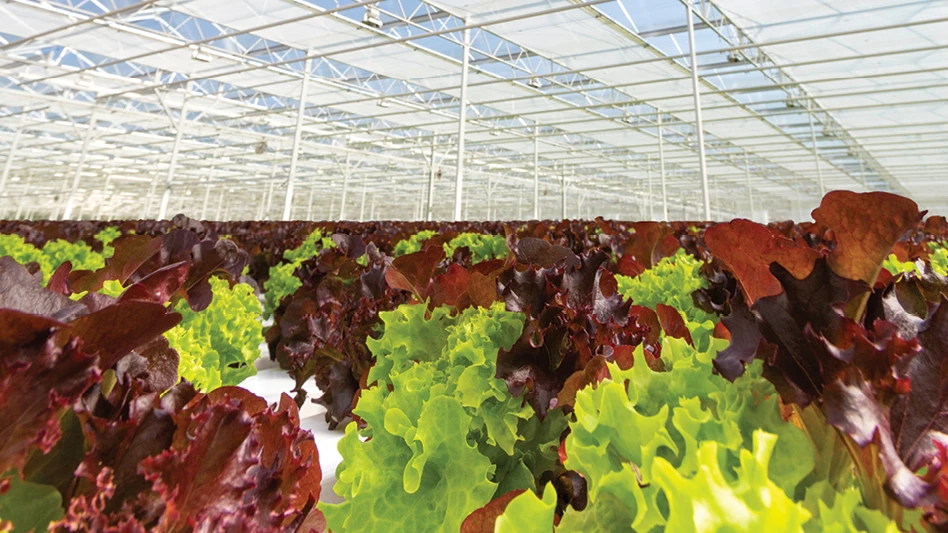 At this year’s California pack trials Syngenta Flowers introduced its new Kwik Kombos for making combination plantings in a range of container sizes. These custom-grown three-in-one mixed liners feature designer blends of the company’s best performing plants. The mixed liners are balanced for production, color and uniform finish. The Kwik Kombos simplify design selection and production by speeding transplant lines.
At this year’s California pack trials Syngenta Flowers introduced its new Kwik Kombos for making combination plantings in a range of container sizes. These custom-grown three-in-one mixed liners feature designer blends of the company’s best performing plants. The mixed liners are balanced for production, color and uniform finish. The Kwik Kombos simplify design selection and production by speeding transplant lines.
The company is offering 17 different mixed liners for 2010, including three Callie calibrachoa mixes, three verbena mixes, three petunia mixes, a scaevola mix and four mixed species.
The Kwik Kombos are available through Syngenta’s extensive broker network. Plants are rooted in Syngenta’s Energizer plugs (pinched and lighted) at Lucas Greenhouse in Monroeville, N.J., and are available from November through April.
| PRODUCTION |
| Select a well-drained growing medium with a pH of 5.5-6.2 and an electrical conductivity of 1.0-1.5 milliSiemens per centimeter. Transplant liners directly into finished containers with the liner rooting medium level with the medium in the containers. Liners planted above the soil line promote excessive drying and wilting. The medium should be kept moist, but not saturated. Irrigate early in the morning to allow foliage to dry before nightfall. Do not allow plants to wilt. Begin fertilizing immediately after transplant. Apply a constant liquid feed of 200 parts per million nitrogen from a nitrate-based fertilizer. Fertilizing with a high ammonium rate may promote soft growth. Adjust fertilizer rates as needed to maintain an electrical conductivity level around 2.0 milliSiemens per centimeter after plants are established. Keep the medium pH between 5.5-6.0 to avoid iron deficiency which appears as stem tip yellowing. For larger containers with multiple plugs and longer production times, plants should be pinched one to two weeks after transplant, otherwise no pinch is required. Florel can be used to improve branching. Apply Florel at 350 ppm two weeks after transplant. Maintain a day temperature of 65°F-75°F and night temperature of 60°F-65°F. Cooler temperatures can be used, but flowering will be delayed. Plants should be grown under a minimum light level of 4,000 footcandles for best branching and flowering. Plant growth can be controlled with B-Nine sprays applied at 2,500 ppm as needed. Bonzi drenches at 2 ppm also work well applied during mid to late season to keep plants compact and full. Common pest and disease problems include thrips, whitefly and spider mite. Scout plants regularly and treat if necessary. Watch for Botrytis when irrigating overhead. |
For more: Syngenta Flowers Inc., (800) 344-7862; www.syngentaflowersinc.com.

Explore the July 2009 Issue
Check out more from this issue and find your next story to read.
Latest from Greenhouse Management
- BioTherm launches the Ultimate Grower Climate Control System
- Jess Lyga joins Bailey sales team
- Happy holidays from the GIE Media Horticulture Group!
- North Carolina Nursery & Landscape Association announces new executive vice president
- Plant Development Services, Inc. unveils plant varieties debuting in 2025
- Promo kit available to celebrate first National Wave Day on May 3
- Applications now open for American Floral Endowment graduate scholarships
- Endless Summer Hydrangeas celebrates 20 years with community plantings





